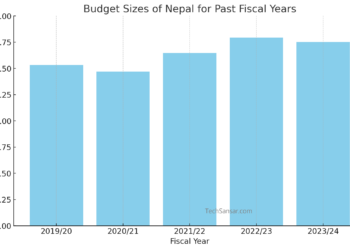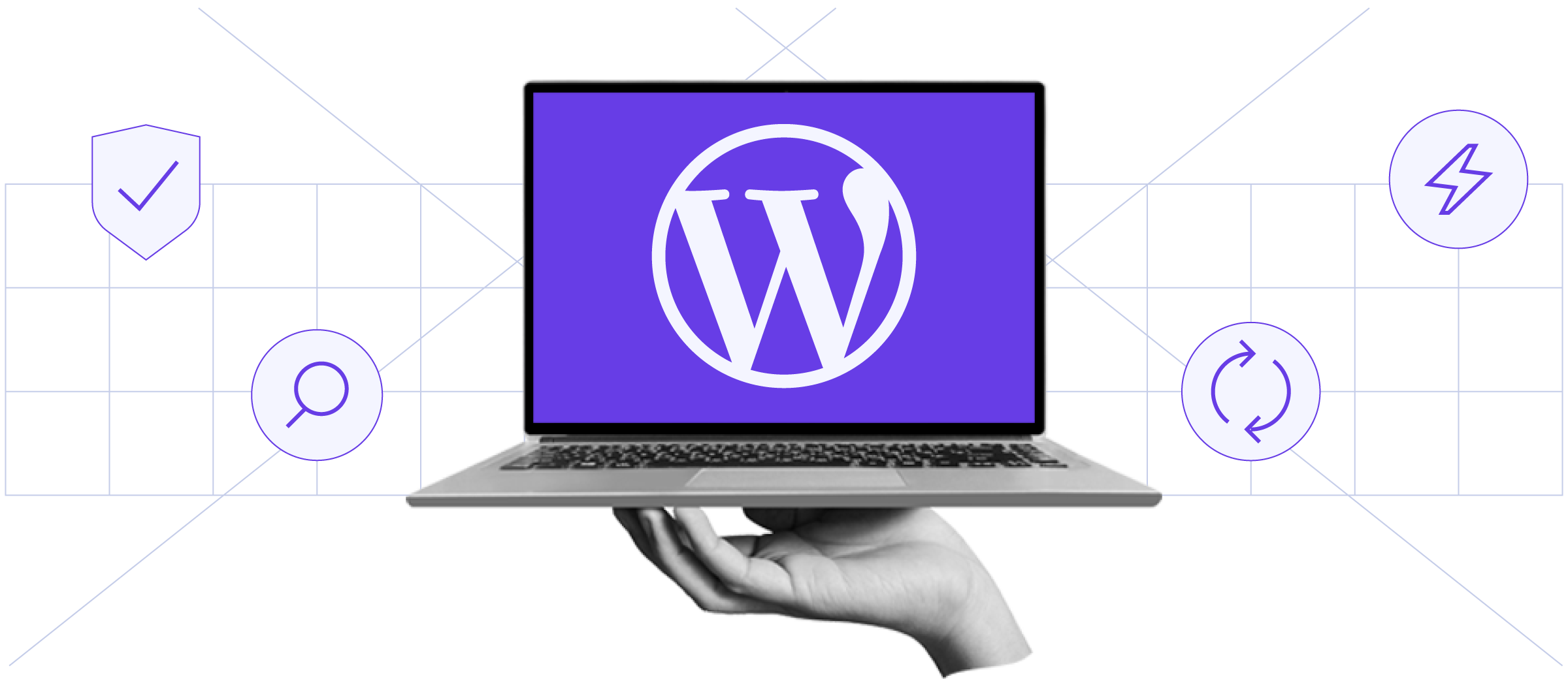 The fundamental difference between analog TV and digital TV is memory. Memory enables us to do many things to improve television. Memory freezes time and allows us to process signals in ways not possible in the analog world.
The fundamental difference between analog TV and digital TV is memory. Memory enables us to do many things to improve television. Memory freezes time and allows us to process signals in ways not possible in the analog world.
Authored by Walt S. Ciciora, expert on cable and consumer electronics issues, published on CedMagazine.com, March 01, 2010
It’s not that we don’t have any memory in the analog world, it’s that analog memory is so fleeting.
The fundamental difference between Vladimir Zworykin’s “image orthicon” and Philo T. Farnsworth’s “image dissector” was the matrix of individual light-sensitive areas in the image orthicon that were able to integrate the light falling on them. This short-term memory dramatically increased the light sensitivity of the image orthicon, making it practical in more normal light levels. At the receiving end, the afterglow of the cathode ray tube phosphors acted as analog memory to fuse the stream of still pictures into what appeared to be a continuous moving sequence. The human eye’s perception of vision supplied a little more analog memory. And, of course, any band-limited circuit in the signal path temporarily stored energy, and therefore had a form of memory.
Digital memory is fundamentally different in that it is relatively free of the short time constraints of analog memory. And digital memory has become extremely inexpensive. Memory in big chunks allows us to store whole frames of video and perform mathematical transformations on them. Even more memory makes it possible to compare multiple frames of video and minimize redundant information between those frames. Only the bare essentials need to be transmitted or stored to reconstruct the images at the receive site. This saves bandwidth and makes it possible to squeeze multiple programs into the bandwidth previously needed for just one analog channel. We can adjust the quality level to suit our needs and save even more bandwidth. Without large quantities of inexpensive digital memory, this would not be possible (of course, we also need high-speed processing to be able to perform the mathematical computations involved in the signal compression). Similar, but somewhat different, techniques apply to audio.
Memory frees us from the constraint of “real time.” Digital signals can be transmitted or processed either faster or slower than needed for viewing. This offers some advantages.
The other development that fundamentally changes television is massive amounts of storage in hard drives, or even semiconductor “drives.” TiVo and other forms of digital video recorders have changed the way we watch TV. When TV transmission is analog, the DVR requires an analog-to-digital converter to enable the signal to be stored on the hard drive. One advantage of this is that the user can choose to make a trade-off between video quality and the amount of time that can be stored on the unit’s hard drive. But when the signal is transmitted as digital, a further advantage accrues. No A/D converter is needed, so multiple tuners allow multiple signals to be recorded simultaneously. As hard drives grow to larger capacities, the advantage of being able to trade less quality for more storage becomes less important.
Another complication arises when conditional access is employed. The signals can be recorded in encrypted form and decrypted when viewed. An interesting alternative is to read the encrypted signals off of the hard drive faster than real time and decrypt them and re-record the decrypted signals faster than real time. That way, one conditional access device can be multiplexed to handle more than one signal at a time. These signals can then be read off of the hard drive and distributed to multiple display devices. The subscriber is saved the expense of leasing multiple conditional access devices.
We are now in a world of sub-$100 terabyte drives. This would have been unthinkable in consumer applications a decade ago. That massive capacity can store about 200 hours of high-definition television or about 1,000 hours of standard-definition TV. This offers the ability to store a sizable library of favorite videos – either movies or home videos. This brings with it the hazard of near tragedy if the hard drive crashes. But with these drives being so inexpensive, systems that automatically mirror the contents of one drive onto another in RAID format offer some comfort and protection against loss.
Another approach is to simply set up your home system to continuously capture a few of your favorite channels and then surf them when you have the time. For me, it would be The History Channel, Discovery Channel, National Geographic Channel and a few others. I have relatives who would capture all of the sports channels. Likely, a guide service would be offered, perhaps for a subscription, to avoid recording repeats of the same episodes.
The way we consume video programming continues to evolve. It’s time to start getting used to the next Greek prefix: Petabyte comes after terabyte. Just as a terabyte is 1,000 gigabytes (and a gigabyte is 1,000 kilobytes), so a petabyte is 1,000 terabytes. Think this is absurd? Maybe. But terabyte drives in consumer applications seemed impossible not too long ago.
Authored by Walt S. Ciciora, expert on cable and consumer electronics issues, published on CedMagazine.com, March 01, 2010







